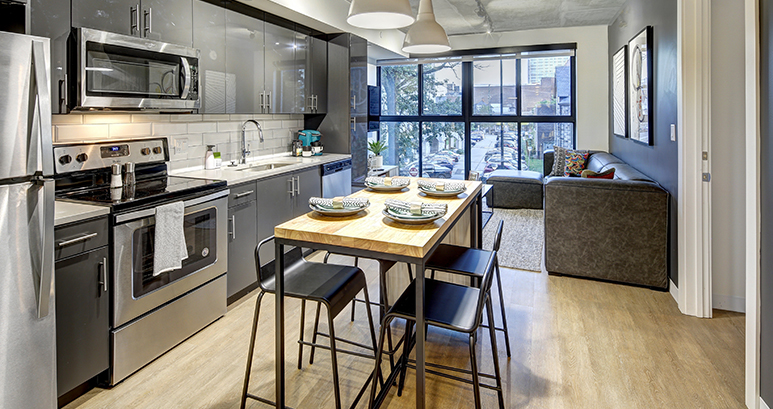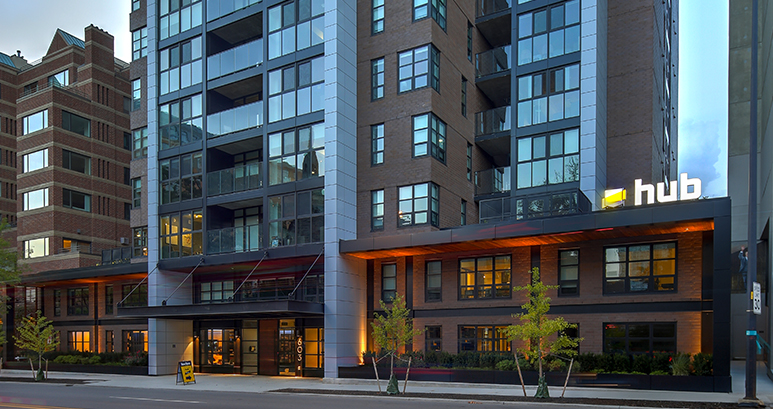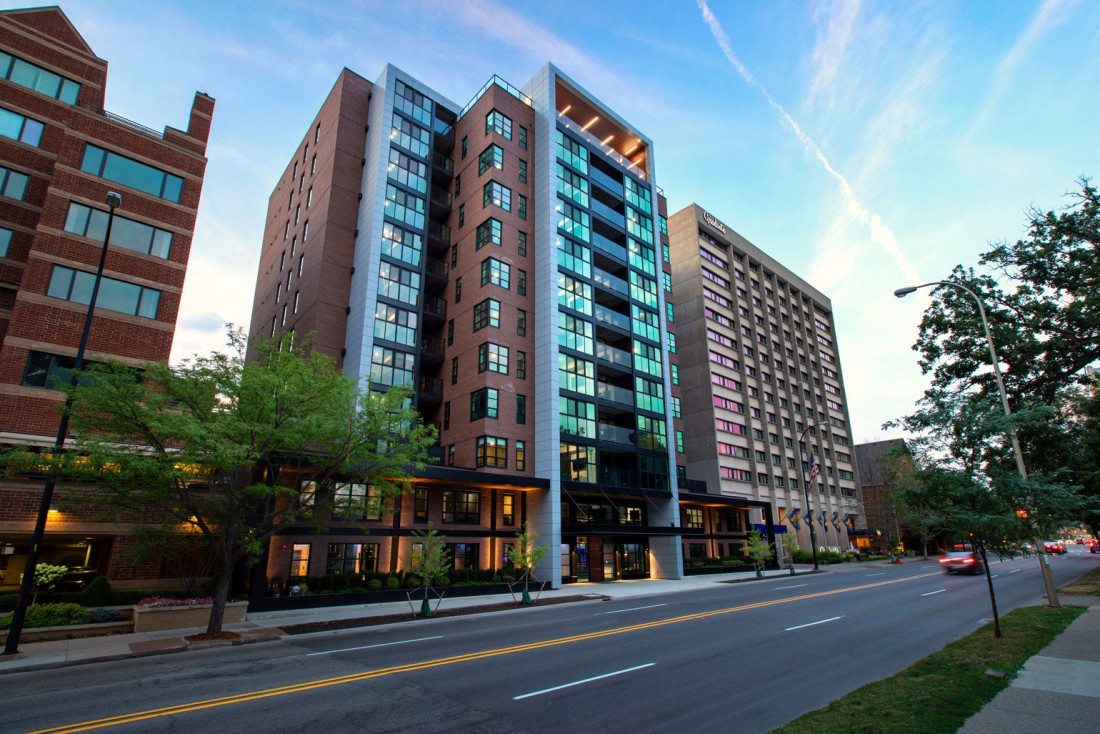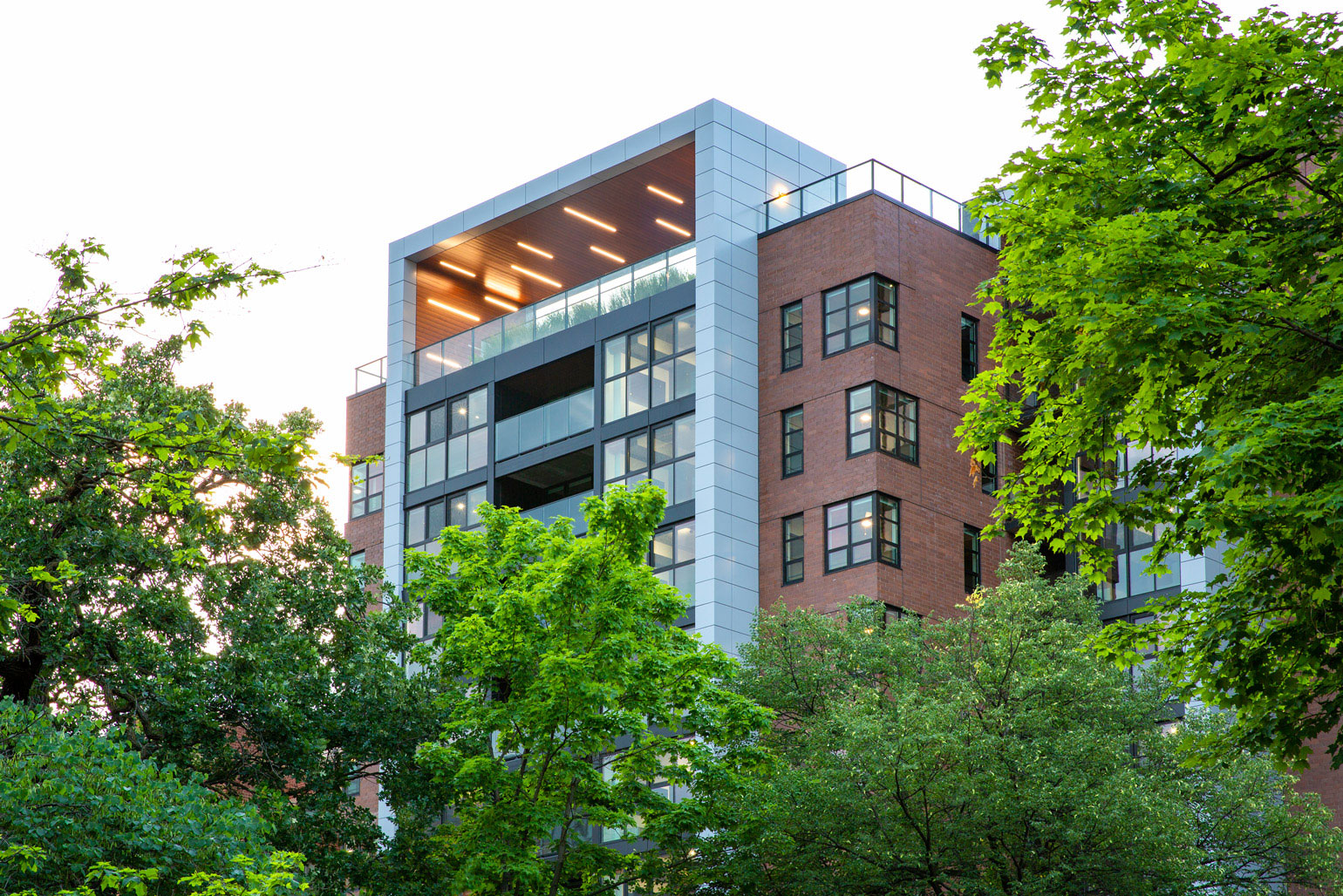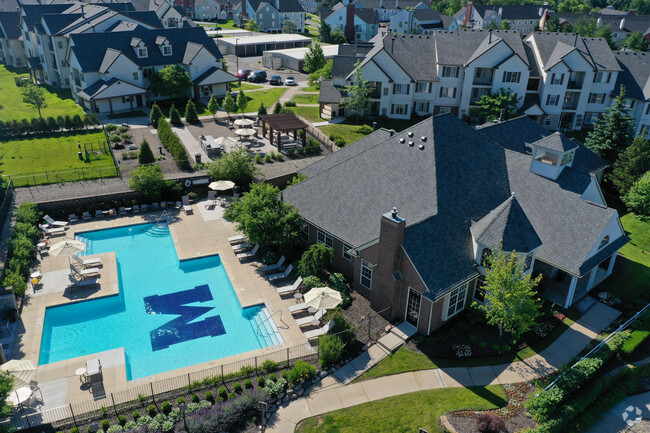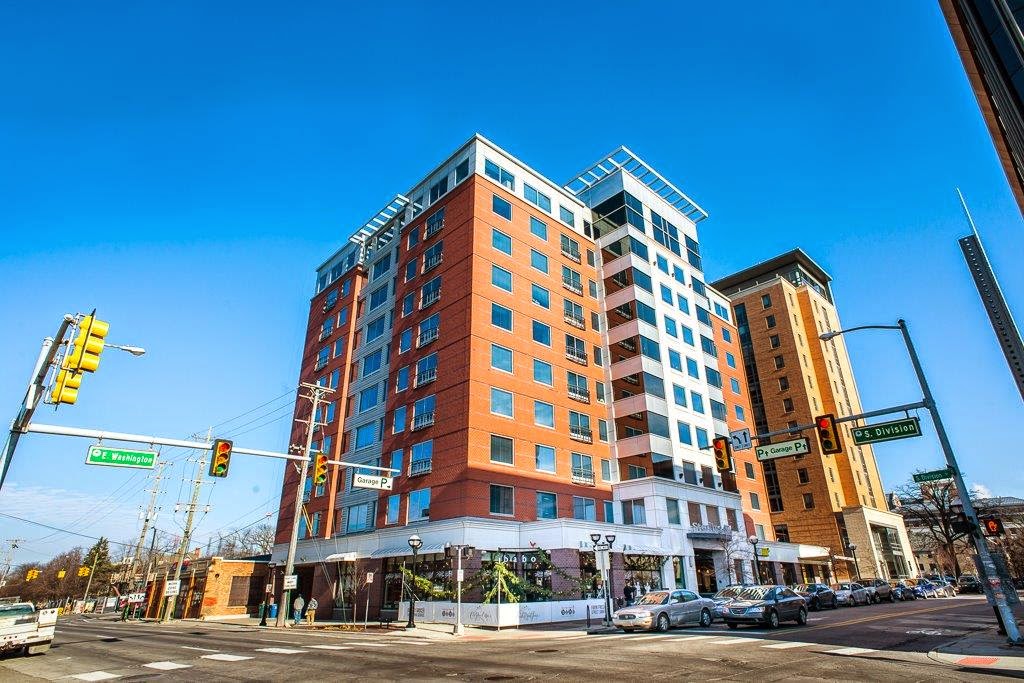University Of Michigan Ann Arbor Off Campus Housing
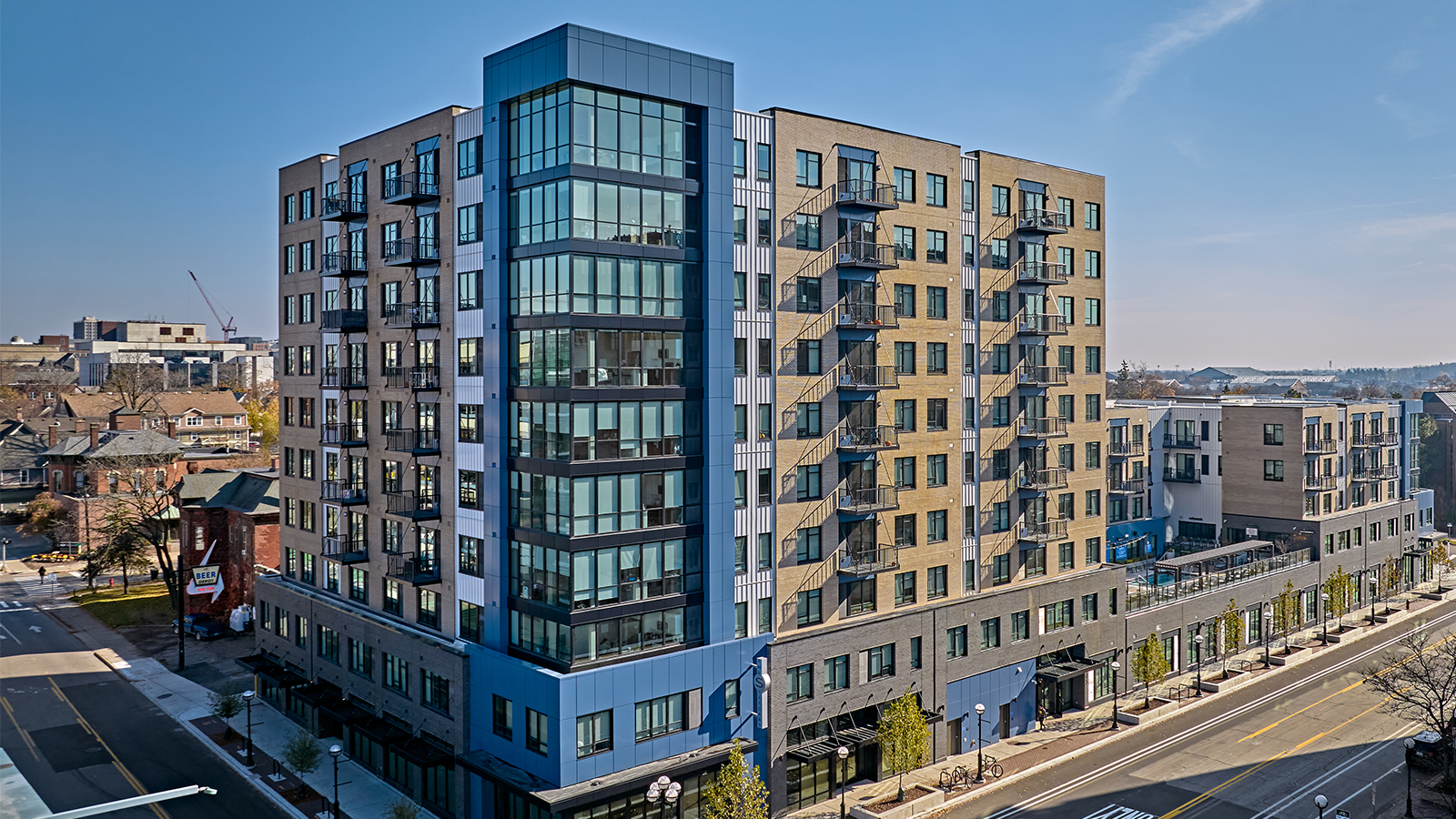
Ann Arbor students face an increasingly competitive off-campus housing market as the University of Michigan grapples with enrollment surges. Rental rates are spiking, and availability is plummeting, leaving many scrambling to secure housing for the upcoming academic year.
This housing crunch, fueled by increased student enrollment and limited housing options, forces students to make tough choices, often paying exorbitant prices or settling for less-than-ideal living situations. The scramble underscores the urgent need for solutions to address the growing disparity between student population and available, affordable housing.
The Squeeze: What's Happening?
The off-campus housing market near the University of Michigan is experiencing unprecedented pressure. Rental rates have climbed by an estimated 15-20% compared to last year, according to local real estate agencies. This surge is compounded by a significant decrease in available listings.
Students are reporting bidding wars for apartments and houses, often exceeding asking prices. Many are forced to expand their search radius further from campus, increasing commute times and transportation costs.
Limited construction of new student-oriented housing and the conversion of existing properties to other uses contribute to the supply shortage. The university's growing enrollment exacerbates the problem, intensifying competition for available units.
Who is Affected?
Undergraduate and graduate students are feeling the impact most acutely. International students, often unfamiliar with the local market, face additional challenges navigating the complex rental process.
Students with limited financial resources struggle to compete in the inflated market. The burden of high rent forces many to take on additional jobs or rely on loans, impacting their academic performance and overall well-being.
Families seeking off-campus housing, including graduate students with children, are also experiencing increased difficulty finding suitable and affordable options.
Where is the Pressure Point?
Areas closest to the central campus, including neighborhoods like Kerrytown and Burns Park, are experiencing the highest demand and steepest price increases. Properties within walking distance to major academic buildings are particularly coveted.
The increased competition is pushing students further out, into neighborhoods like Ypsilanti and the outskirts of Ann Arbor. This necessitates reliance on public transportation or personal vehicles, adding to the overall cost of attending the University of Michigan.
Even peripheral areas, previously considered more affordable, are seeing rent increases as the housing shortage intensifies closer to campus.
When Will It Ease?
The immediate outlook remains challenging. Real estate experts predict that the tight market will likely persist throughout the upcoming academic year, possibly extending into the following year.
The completion of new housing developments could alleviate some pressure. However, these projects typically take several years to come to fruition, offering little immediate relief to current students.
University initiatives to expand on-campus housing options may offer a partial solution. However, these projects are also long-term and unlikely to fully address the current crisis.
How Can Students Cope?
Students are advised to begin their housing search early, ideally several months before the start of the academic year. Networking with current students and leveraging university resources can provide valuable insights and leads.
Exploring alternative housing options, such as co-ops or shared living arrangements, can help reduce costs. Students are also encouraged to carefully review lease agreements and understand their rights as tenants.
Advocacy groups like the Central Student Government are pushing for increased university involvement in addressing the housing shortage. These groups are urging the administration to prioritize affordable housing solutions for students.
Consider budget adjustments, since rent increase is almost certain. Look for scholarship opportunities, part-time work or student loans to fill the financial gap.
Next Steps
The University of Michigan is reportedly considering proposals for new on-campus housing projects. Further information on these plans is expected in the coming months.
Students are encouraged to voice their concerns to university administrators and elected officials. Collective action can help raise awareness and drive meaningful change.
Local community organizations are exploring potential partnerships to address the affordable housing crisis. Collaboration between the university, the city, and community stakeholders is essential to finding sustainable solutions.
